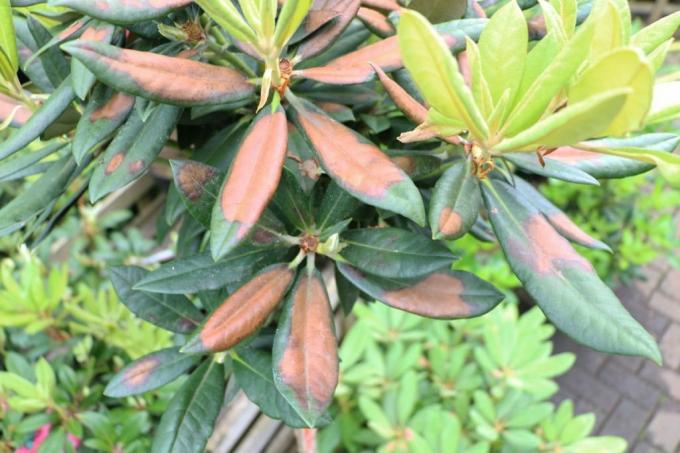
table of contents
- definition
- Plants and partial shade
- Recognize penumbra
- frequently asked Questions
Many plant profiles have information on their location. There it says sunny, partially shaded or shady. But what does penumbra actually mean and is there a precise definition for it?
In a nutshell
- The meaning of penumbra is not precisely defined
- Shadow and sun alternate
- depending on the course of the day
- Shading reduces light
definition
There is no general definition of penumbra. Therefore it is not so easy to explain the meaning exactly. Basically, it is a location that is both sunny and shady at times during the day.
The number of hours is not precisely defined. The word semi-shady alone indicates that about half of the (bright) day should be sunny, the other half should be shady. So one speaks roughly of 5 to 6 sun resp. Hours of shade per day.
Plants and partial shade
For plants that prefer partially shaded places, it doesn't matter how long the sun shines. The intensity of the sun's rays is often more decisive for your well-being. Most plants that like to grow in partial shade do not tolerate direct midday sun. This leads to the following damage:
- brown leaf tips or spots
- drooping leaves and shoots despite sufficient soil moisture
- Vulnerability to certain pests (for example Spider mites)
- Fading or lightening of the leaves

Too little light also damages the plants and is noticeable through:
- lack of willingness to flower
- disturbed growth
- The instincts heal
- Root rot due to excessive soil moisture
Recognize penumbra
The partially shaded locations include, for example, places under dense tree tops. Due to the constantly changing position of the sun, shade and sun alternate there. Not only during the day, but also during the year. In the case of deciduous trees, the fall of leaves in autumn can result in full sun in winter, but this is mitigated by the lower intensity of sunlight.
Note: The place under the treetops is often referred to as light shade, as the light conditions change due to the wind.

Walls, hedges or buildings can also create partially shaded places. If they are facing south, they keep the midday sun out of the area behind them. The plants only get the early and evening sun, which in most cases is completely sufficient.
frequently asked Questions
There are several possibilities for that. On the one hand, an artificial shade can be set up. This variant is often used for indoor plants. On the other hand, larger plants that prefer sunny locations can provide smaller shade.
That depends on the particular plant. Basically, many plants that have to grow in full sun, although they cannot tolerate it, tend to burn their leaves and need more water. In the shade, on the other hand, some plants can worry about the lack of light and it quickly becomes too humid.
It should be noted that it is not just the length of daylight that changes. Since the sun is lower in winter than in summer, the shadows created by buildings or trees also change.
